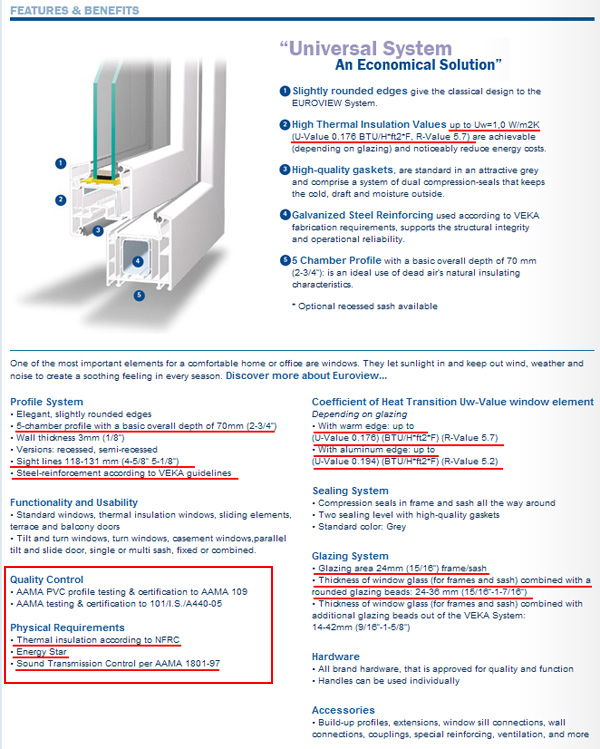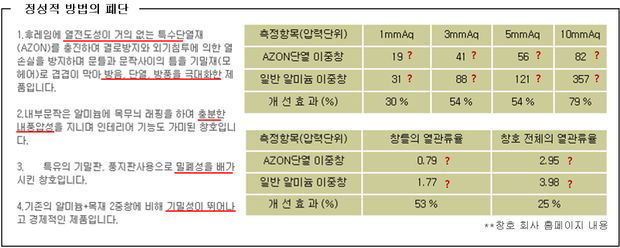 E.0-1. Beginning a Passive House Project – The Importance of Quantifiable Data in Design
E.0-1. Beginning a Passive House Project – The Importance of Quantifiable Data in Design
Ever since when, the foundation of discourse when it comes to approaching projects in architectural offices, has digressed far from anything approximating dry facts. Only terms related to design, skin, mass or colors seem to predominate. Buildings are about life. Observers from the outside, actually have no direct physical relationship with a building. It is obvious that inhabitants of a building have primacy in this respect.
In order to benefit building occupants, building performance should be evaluated. To outside observers, who cares if it is cold, if condensate is dripping, if pipes are bursting or if rust is forming? The only thing that seems to matter to the outside observer is aesthetics.
An architect is a designer and an engineer. Both wings must be flexed in order to make a proper building.
At PHIKO, we have been known to emphasize the differences between qualitative and quantitative methods (on our homepage). It is performance that forms the basis of the quantification and it is the responsibility of the architect to achieve at least a passing grade. If design sensibility is a qualitative approach, then ascertaining that the design performs adequately reflects a quantitative method.
Can we say that elaborate details are quantitative? Details are merely bridges between the qualitative and the quantitative realms.
It has been ages since folks have selected windows based solely on shape. If shape were the only criterion for window selection, what would be the difference between an architect and a client? Any number of miscellaneous passer byers can trust their aesthetic sensibilities to select a window. Architects should be held to know at least a little bit more upon which to make the proper selection. If one knows the details of how to attach a window to a wall, does that make one an architect? That is not sufficient either. An architect should have the ability to discern the performance of the window, to know the attachment detail that maximizes the performance of said window, and the sensibility to select the appropriate shape of the window; all three criteria should be met in tandem. Is it enough for an architect to specify 24mm double glazed glass (in aluminum frame) on the elevation drawings? Then who will be held responsible for the performance of the window?
The drawing below is an excerpt from a Korean window manufacturer's home page.
The red underlined text is supposedly referring to performance; however, I cannot find any text that actually accurately describes the window's performance in technical terms. "Special," "Maximized," "Sufficient," and "Exceptional"… The text could be describing anything really.
It is the architect who is responsible for this phenomenon. The architect typically does not ask the performance of the window when making the window selection… and, if the architect did ask about performance, vague abstract answers sufficed; so why would a window manufacturer indicate anything more than necessary? Dialogue between the architect and the window manufacturer is short and sweet. "Is the insulation in this window good?" "Yes. It is really good. It is better than that famous XXX window company's." "Oh ~ that's great!" … This type of dialogue contributes nothing to the happiness of mankind.
Let us revisit the homepage of the window manufacturer. To the right, there is at the very least, a number that indicates performance. But there is no unit of measurement. Is it "kcal" or "w" or "dozen" or "double?" When seeing this type of text, architects should be enraged. Because it is an indication of how product manufacturers slander architects. Furthermore, "typical aluminum double glazed window" is written, followed by text saying it beats the competition. "Typical aluminum framed double glazed windows" is describing all the aluminum framed double glazed windows in the world. Who and what are we to trust when making a window selection?
The performance of a window can be expressed simply with the numerical values stating the rate of heat conduction, airtightness, wind pressure intensity and a credible test report. There is no need to compare it with an irrelevant competitor's product. That would be the responsibility of the architect.
Nowhere on this company's homepage could I find a test report.
Below is an excerpt from the famous German window manufacturer, Veka's, American branch homepage.

Details such as frame dimensions and heat transfer rates are provided.
At first I was taken aback because there were no numerical values for pressure intensity or airtightness. Then I found in the lower left box outlined in red, the codes indicating fulfillment of the AAMA (American Architectural Manufacturers Association) and the NFRC (National Fenestration Rating Council); in short, test reports fulfilling thermal insulation, compression seals, and airtightness requirements.
This is the information that a window manufacturer's homepage should provide.
Of course, this data does not provide all possible information regarding window performance. It is possible to get a window you do not feel comfortable with relying on the numbers alone though. But, such painful experiences drive window companies to make even better products. Because there is a factual footing in numbers it is possible to engage in a debate regarding the results. The tendency to disregard basic factual numbers does not contribute whatsoever to the improvement of residential construction in Korea, or anywhere for that matter.
When you ask some companies for their test results, they reply by accusing the competition of posting misleading test results, and advising not to believe what you see. So, what are we to believe? Words? Actions? Eventually, companies will end up killing each other's market.
One of the disgraceful habits of shoddy architectural offices is the use of a particular product in a design and receiving a payback of a night on the town by the product manufacturer. I have no intention of stopping this activity; however, at the very least people, ask the tough questions when making the product selection and decide what is optimum for the design. That way, the drink will taste better on its way down your throat.
Passive House is a battle with data. There must be quantifiable material in order to make a proper Passive House.
Until now, no one can deny that the residential market in Korea has been grim. It is hard to even begin to discern the differences in quality between companies until each construction company has built one each of the same. There is a saying that building a house (in Korea) will age you 10 years; and it is precisely because of this prevalent practice of imprecision.
The more qualitative the housing market, the easier it is for new companies to jump in. It is because in this type of flippant market there is no demand for technical foundational data. The easier the entry into the market, the hotter the competition; and the sole basis for differentiation is the lowest bid. Consequently, designers and contractors avoid discussions about performance. It is a vicious cycle of indigence, where the bill falls squarely on the shoulders of the consumer.
There are quite a few companies, which have been trying to break this vicious cycle. However, the houses they build are expensive. It is almost impossible to convince the market of the virtue of such companies. There is no way to prove if these houses are just expensive for the sake of profit, or because they were built properly.
It has been said that the market cannot be changed by the efforts of the individual. But now, there is a cap on total energy consumption. Which is to say, performance based data is being forcibly demanded. Although it is just a fraction of all that goes into a building, it is undeniably the start of an era demanding change of designers and builders.
This change to quantification will come with its fare share of pain. However, we are beyond the day when change must be avoided because it hurts.
It has been quite some time since design/build firms have dominated the single family detached home market. With the exception of a few houses, contractors are even doing the design part. Architectural firms are left with the mere task of procuring permits. No matter what architects say about the importance of design, before the consumer can tell the difference between what an architect designs and what a contractor builds, this structure will not change. Why? Because there is no reason for the consumer to pay more for a difference they cannot discern. The responsibility for creating this distorted market may seem to be with the contractor; but, the responsibility of the architect is even greater.
Let us not ignore the data. At the end of the day, architectural design is a service business.
It is a business where intangible technology is sold in receipt for money. Because the design fee is so low, there is no room in the budget to worry about these matters, is what I hear being said. However, it is time to wonder whether it is precisely because architects did not concern themselves with such quantifiable matters that the design fees have declined so.
The conclusion is a short bitter pill. Before talking about Passive House, we should begin with defining what a proper house is first.









